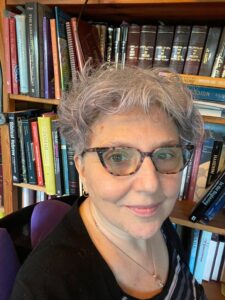
In his essay on Chanukah, “The Light and the Dark” , Emmanuel Levinas writes:
“Before the miracle of generous light, and as a condition of this miracle, another miracle took place: a dark miracle that one forgets. One forgets it in the blaze of lights triumphantly burning brighter. But if, in the Temple…one had not found in a little flask of pure oil bearing the seal of the High Priest, which, ignored by everyone but unchanging, had remained there throughout the years while the candelabra remained empty, there would have been no Hanukkah miracle. There had to be preserved somewhere a transparent oil kept intact.
Oh! nocturnal existence turned in on itself within the narrow confines of a forgotten phial. Oh! existence sheltered from all uncertain contact with the outside…a clandestine existence, isolated, in its subterranean refuge, from time and events, an eternal existence, a coded message addressed by one scholar to another…Oh! miracle of tradition, conditions and promise of a thought without restraint that does not want to remain an echo, or brief stir of the day.
Oh! generous light flooding the universe, you drink our subterranean life, our life that is eternal and equal to itself. You celebrate those admirable hours, which are dark and secret.”
The Zohar teaches, one “who desires to penetrate to the mystery of the holy unity should contemplate the flame which rises from a burning coal or candle.”
When we look at the center of the candle flame we can see the traces of the dark miracle of the oil of which Levinas speaks; that oil held inside and protected bleeds through into the dark center of the flame.
We sense the pnimiyut—the innerness—the divine shelter holding the most precious.
And when we look closely, we also see the dark that surrounds the flame.
And in this seeing is awareness that there are layers upon layers of dark and light, not a binary, but a beautiful diverse multivalent living wholeness that can in no way have any of the rigid mind’s reified binaries laid upon it. Dark within the flame; dark around the flame; dark between each flame.
And finally, dark beyond the flames. As Emmanuel Levinas says of the menorah at the outset of his essay, “One light the first evening, two the following day, three the day after, and so on up until the triumphant blaze of light on the final evening—up until the strange and mysterious night that will surround the candelabra after this final illumination.”
Beyond the story, beyond the eight lights, holding them in its endlessness, is the mysterious night. Night, Laila, the word that the Zohar says is a name for G-d, holding all that we know.
Before and after the lights, and deepest within, the sacred dark, sustaining it all, holding it all.

